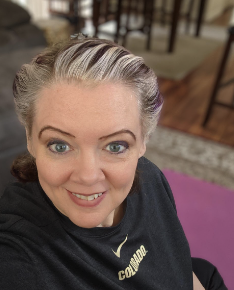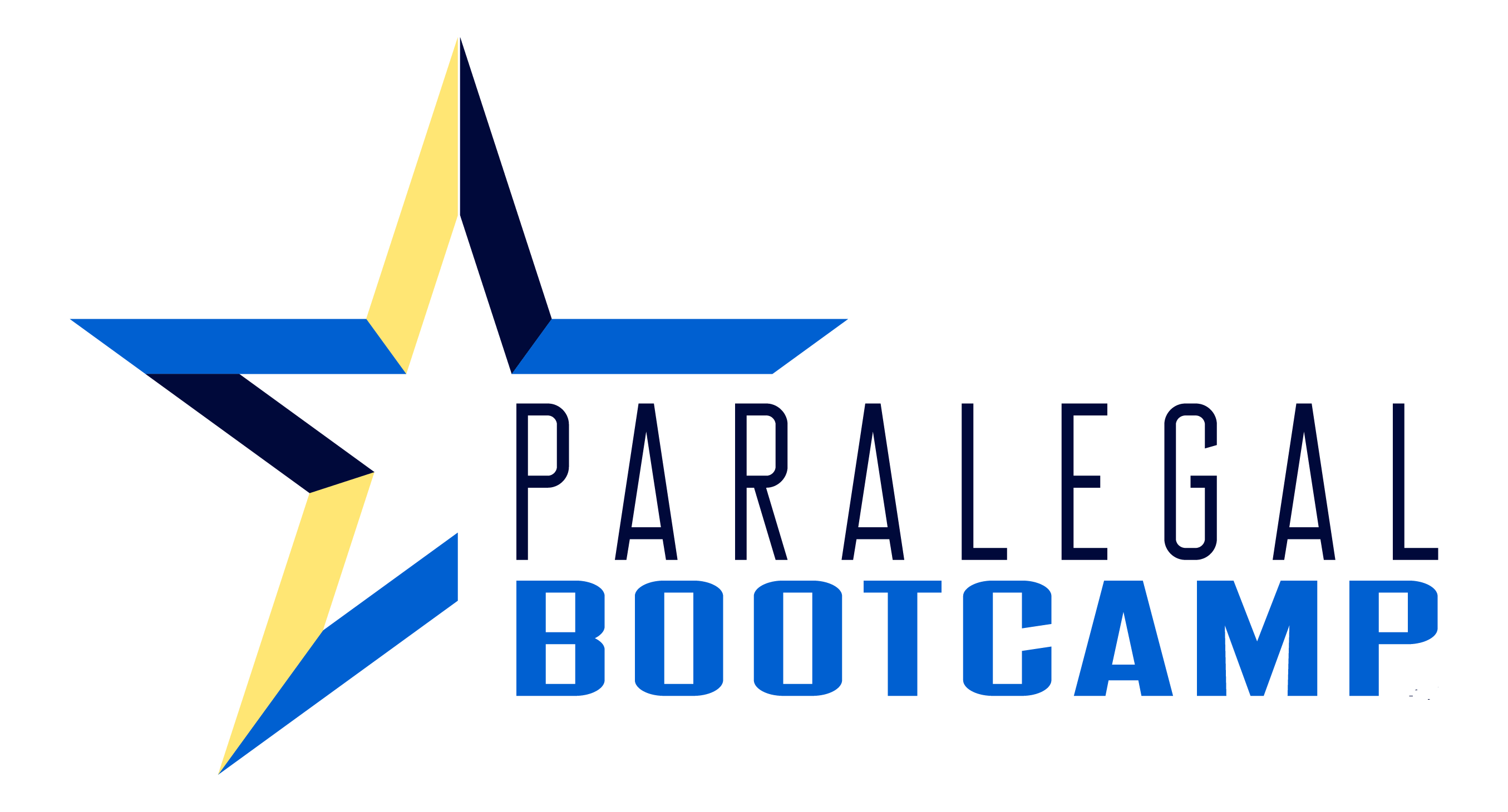In this episode of Paralegal Real Talk, our guest host Linda Odermott dives deep into the ongoing regulatory reforms shaping the legal profession, particularly highlighting Utah’s Licensed Paralegal Practitioner Program.
Listen to it using the podcast player, or read the transcript in its entirety below.
Key Takeaways:
-
Regulatory sandboxes in states like Utah and Arizona are proving to be successful models for legal reform, enabling non-traditional actors to offer legal services and addressing the access to justice gap.
-
The Licensed Paralegal Practitioner (LPP) program in Utah provides essential legal services in areas such as family law, landlord-tenant disputes, and debt collection, offering alternatives in underserved areas.
-
Linda argues that opposition to these reforms often stems from fears of market disruption but highlights data supporting the reforms’ efficacy and safety.
-
Data from Utah’s sandbox programs indicate rare incidences of consumer harm compared to traditional lawyer services, bolstering the argument for broader reform.

Meet the Podcast Guest Host
Linda Odermott, RP and Oregon Certified Paralegal has extensive experience working on access to justice initiatives and regulation reforms, particularly in licensed paralegal programs, including:
- OSB (Oregon State Bar) Legal Technician Task Force (2013 – 2015)
- OSB Licensing Paraprofessionals Working Group, Futures Task Force, and Regulation Committee (2016 – 2018)
- Chair of the Admissions & Education Workgroup of the OSB Paraprofessional Licensing Implementation Committee
- Member of OSB Committee of Paralegal Assessors
Want to be the first to know when the next podcast episode is released?
Get added to our podcast mailing list here.
Support the Paralegals on Fire! Podcast Show
Did you get a tip from today’s episode to help you fast-track your paralegal career?
Click here to Give the show a review, and let me know what you enjoy most about the Paralegals on Fire! Podcast Show. I’ll be reading every one of them! –Ann Pearson
Litigation Paralegal Boot Camp
Are you tired of being the Panic Mode Paralegal who spends your days playing whack-a-mole with last-minute rush projects because you’re waiting for someone to show you what it takes to be great litigation paralegal?
This is the only program of its kind that provides litigation paralegals with all of the tools to master litigation cases from the complaint through the trial, and everything in between.
You will be the Confident Case Strategist faster than you ever imagined possible.

Episode transcript and notes
In a recent podcast episode of Legal Talk Network titled Lawyers’ Role in the Making and Undoing of the A2J Crisis, guest Nora Freeman Engstrom noted that,
The access to justice crisis doesn’t just happen. The fact that in 75% of cases, at least one side is self-represented; The fact the vast majority of Americans who suffer illegal wrong do not seek to vindicate their rights; This is not just the way things are. This is what the profession created.
Ms. Nora Freeman Engstrom and Mr. James Stone, her former student, also wrote a piece called Auto Clubs and the lost origins of the Access to Justice Crisis recently published in October of this year by the Yale Law Journal describes their research on how this problem came into being. I want to read a couple of excerpts from the abstract of that article to provide some context.
In the early 1900s, the country’s 1,100 automobile clubs did far more than provide roadside assistance, maps, and towing services familiar to AAA members of today. Auto clubs also provided (free to their members) a wide range of legal services. Teams of auto club lawyers defended members charged with driving-related misdemeanors and even felonies. They filed suits that, mirroring contemporary impact litigation, were expressly designed to effect policy change. And they brought and defended tens of thousands of civil claims for vehicle-related harm. In the throes of the Great Depression, however, local bar associations abruptly turned on the clubs and filed scores of suits, accusing them of violating nascent legal ethics rules concerning the unauthorized practice of law (UPL). In state after state, the bar prevailed—and, within a few short years, auto clubs’ legal departments were kaput …
We show how the bar’s litigation campaign against auto clubs—as well as the era’s many other group legal service providers, including banks, unions, and homeowners’ associations—helped establish the so-called “inherent powers doctrine,” which cemented courts (not legislators) as the ultimate arbiters of legal practice regulation.
The result was a profound power shift, with the authority to regulate legal services consequentially placed in politically insulated courts, not politically accountable legislators. More practically, the bar’s concerted campaign decimated a once-thriving system for the provision of group legal services to ordinary Americans, which, we argue, ultimately consigned millions of individuals with legal problems to face them alone, or not at all.
On May 6, 2022, the Judicial Conference of the Fifth Circuit commissioned a panel on regulatory reform titled “Regulatory Reform of Legal Services: Who, What, When, Where, and Why”, and then Utah Supreme Court Justice Deno Himonas (Ret.) was a panelist. Justice Himonas discussed the panel’s mandate, saying, “In discussing regulatory reform before an audience like the Fifth Circuit Conference, our first task is to make that connection—to show how the justice gap is created, in significant part, by the rules restricting how legal services can be financed and run and who may provide them.”
On this episode, we turn our attention to Utah’s Regulation Sandbox and their Licensed Paralegal Practitioner (or LPP) program. On their own, neither program will “fix” the access to justice or A2J problem, but instead we must consider each as an another tool in the A2J toolbox to help alleviate some of the issues impacting the underserved and underrepresented within our legal system, or get some legal representation to some of the people not getting any now.
And if you are playing the licensed paralegal Title bingo game at home, we just added another name to the list of licensed paralegal programs.
You may recall in our last episode, we discussed regulation reform in Arizona.
Arizona and Utah are linked in many articles for their trailblazing efforts with regulatory sandboxes. Many states are beginning to mirror their efforts and as a reminder, the State Policy Network describes a regulatory sandbox as “a legal classification that creates a space where participating businesses will not be subject to onerous regulations, usually for a limited amount of time. The point of these [safe] spaces is to allow these businesses to “play” in the sandbox without certain regulations to see if innovative ideas and products can get traction and enter the market.”
Utah’s Office of Legal Services Innovation describes their legal regulatory Sandbox as a seven-year pilot project designed to test whether changing the way it regulates the practice of law can narrow the access-to-justice gap without increasing consumer harm. In its current iteration, or phase II, the Innovation Office “decided to narrow the scope of the Sandbox to models that demonstrate the most potential to narrow the access to justice gap in Utah by reaching underserved Utahns .”
The Innovation Office publishes a monthly report on the efforts and entities who participate in the Sandbox. The last published report on their website is dated December 2023 Report and offers analysis of the protection of the public elements of the program, in the number and types of complaints received about participating entities :
To date, entities have reported fourteen complaints to the Office, approximately 1 complaint per 3,760 services delivered….The ratio of harm-related complaints to services was approximately 1 complaint per 7,937 services [provided]. To date, entity response to harm-related complaints has been adequate and acceptable as related to harm mitigation and prevention.
Further, the Innovation Office offered the following analysis for how it assesses risk of public harm or what they call, consumer harms:
[The Innovation Office] collects a range of measures from the entities designed to assess the occurrence of three consumer harms: rights, results, and payment. This can also be understood as “actualized risk.” The assessment of consumer harm is based on the prevalence of consumer complaints indicating the occurrence of one or more of the three harms. Social scientific studies grounded in expert peer review of lawyers’ work product typically find that lawyers commit errors in one fifth to one quarter of the cases reviewed.
That seems like an important analysis. Personally, I wonder if we compared complaints received in the Sandbox in the three consumer harm areas with attorney complaint rates for the same issues, if the actualized risk would be higher or lower for attorneys in general?
In a report titled, Legal Innovation After Reform the report provides key insights into the central premise of regulatory reform: “that the existing rules governing delivery of legal services create high and often insurmountable barriers around the supply of legal services, raising prices, stymieing innovation, and yielding a dysfunctional market that cannot optimally deliver legal services to those who need them.”
By studying the entities in both Utah & Arizona Sandboxes, the authors were able to identify that regulatory reforms are spurring substantial innovation in five different areas:
1. TRADITIONAL LAW FIRMS are making changes to give non-lawyers equity ownership or take non-lawyer investment to expand access.
2. LAW COMPANIES are practicing law and providing legal services with non-lawyer ownership (e.g., LegalZoom, Hello Divorce)
3. NON-LAW COMPANIES are expanding into law; New entrants offering holistic “one-stop-shops” (e.g., law+accounting) and offshoot services (e.g., travel services ➔ visas) a. E.g., Law on Call is the legal subsidiary of an established registered agent company, operating through the Utah sandbox, which offers its small business client’s access to a team of licensed lawyers through a $9 subscription fee.
4. INTERMEDIARY PLATFORMS or Marketplaces (connect consumers directly with lawyers) a. E.g,. Off the Record connects consumers with traffic citations with lawyers. The platform also serves to facilitate the lawyer-client relationship and provides lawyers technological practice support. Within the sandbox, Off the Record can share fees directly with lawyers and facilitate client payment through the platform.
5. ENTITIES USING NON-LAWYERS AND TECH TO PRACTICE LAW offer innovation into new ways to provide legal services; may also have non-lawyer investors or owners. a. E.g., Rasa, a B-corporation using both AI-enabled software and nonlawyer providers to help Utahns determine whether they are eligible to expunge their criminal records and then execute the process.
Another program recently added to the Sandbox is the Certified Advocates Partners Program, which provides victim advocates the ability “to tell victims which protective order to apply for, how to correctly fill out forms, and what they should expect in court. This legal advice was solely the purview of lawyers before Utah’s regulatory sandbox opened, and fortunately, victim advocates are now permitted to provide this critical help .”
Let’s go back to concern around public harm, since that is the most repeated argument for NOT implementing regulation reform and for NOT supporting licensed paralegal programs. This protectionist argument was used by both doctors when nurses began advocating for their own licensing & regulation and dentists when dental hygienists wanted to become regulated.
But as we know now, expanding access through these additional providers actually benefitted both professions and helped to provide greater access to their services, without negatively affecting the income generating ability of either professions. In fact, when go to a medical provider, you might see any number of specialists or obtain various tiers of care before seeing the doctor, reserving their time and attention for the really serious issues.
These same arguments were used by the local bars when they went after those autoclubs, banks, HOAs in the early 1900s and are still being used today to oppose legal reform. So there seems to be a pattern emerging…
But if lawyers exacerbated the access to justice crisis, why then do some continue to oppose legal reforms that would help address access issues in areas where there are no attorneys? Shouldn’t they be more supportive of efforts to bring more providers into the profession, especially if they can hire them in their firms for example or if they have to refer out of scope work to attorneys?
I think there are many lawyers and members of the judiciary who believe that yes, lawyers should help to fix the A2J crisis, and that is why we are seeing these Sandbox efforts cropping up around the country. But there are others who want to maintain the strangle-hold over who can provide legal advice, and the rules about who can fee share or own interests in law firms prop up the attorney monopoly on the practice of law.
We see this type of lawyer backlash in some states to any efforts to reform legal access, or in efforts to over-regulating licensed paralegals programs, often disguising their efforts under the guise of protection of the public initiatives, to the point the programs become ineffective or potential applicants are so disenfranchised that the effort to apply is insurmountable, so they don’t.
One common requirement built into various licensed paralegal programs is ethics; in the form of required courses, exams and ethical rules. But in the essay Death & Ethics; Suffocating or Saving Nonlawyer Practitioners [NP] with Lawyer Ethics written by Keith Swisher , Swisher argues,
…the creators of NPs have saddled them with restrictive ethical codes that limit their ability to reach and serve new clients. While generally laudable, certain ethical restrictions lead to fewer NPs and reduce access to legal services for low-income clients.
Swisher goes on to state:
This Essay explores whether the current approach to NP ethics is good for the public and for the professionals. To skip to the conclusion: it likely is not. The approach tends to hinder these new professionals from entering, sustaining, and expanding their new roles. In doing so, the approach risks increasing the cost of justice and decreasing public access without providing countervailing assurances of quality or accountability. As with nurse practitioners in medicine, in whose image NPs in law were created, greater restrictions likely lead to fewer NPs and to reduced access to legal services .
So how do we combat these overarching public protection claims? With data, and Utah has started to provide some data that may be especially useful in this area :
The data shows that these kinds of innovations can be done safely. In [the first] nine months [of the program], more than 2,500 people received help with housing, immigration, healthcare, discrimination, employment, and a gamut of other issues. Lawyers partner[ed] up with other professionals to create new types of businesses, and technology is enabling them to do their jobs more efficiently. Instances of harm are rare—and, when they do occur, are being monitored and utilized by the Office of Legal Services Innovation to continually improve. As more states look to re-regulation as a means to increase access to legal services, the data from Utah’s sandbox—and the real people’s lives it is impacting—should be a strong push in that direction.
Let’s circle back to the other effort in Utah, the LPP Program.
The Utah Supreme Court and the Utah State Bar created the LPP profession to address barriers to legal representation evidenced by the growing number of people navigating the legal system without representation .
But again, “when the LPP program was first introduced many lawyers expressed concern about losing clients to newly licensed LPPs .” Though the evidence shows that most of the individuals who benefit from these types of programs are not getting their legal needs met by attorneys now, one way Utah combatted these financial impact concerns was to highlight the potential benefits of LPPs to lawyers and their practices, calling out:
• LPPs will refer clients who would not otherwise call a lawyer;
• they will also provide a new source of revenue for law firms that hire them or establish an LPP group;
• they will serve markets in rural areas that are not currently viable for law firms;
• Lawyers will communicate with an LPP in lieu of an opposing pro se party; and
• Lawyers will have access to the updated court-approved LPP forms.
But more important than protecting attorney’s incomes is how LPPs benefit the people of Utah. Utah undeniably has a need for more accessible legal representation. The Utah Bar’s 2017 survey indicated that people are often interested in self-representation with some support from a legal practitioner. And the LPP program has many of the same eligibility requirements such as education and substantive experience, as well as scope of practice restrictions as other licensing schemes we have discussed in past episodes. And in Utah, they can be licensed in 3 practice areas; family law, landlord-tenant, and debt collection matters.
There are currently 34 LPPs in Utah, with 4 just having been licensed in October. Of those licensees, 7 offer sliding scale fees, 10 offer flat fee rates, and 10 offer unbundled legal services. To find out more about Utah’s LPP program, go to the Utah State Bar and click on licensing.
I remain hopeful that more programs will be stood up in new jurisdictions with more people in our communities getting their legal needs met. And I would love to see some hard data coming out of those jurisdictions who have sandboxes or licensed paralegal programs with measured impacts of those programs on the access to justice numbers. Until then, the battle to increase access to legal services rages on, despite the protectionism and elitism we see from some members of the bar, we keep hearing that the results of these innovative programs have been overwhelmingly positive.
Want to find out more and cannot wait until the next episode? Check out the links to the reports and programs described in this episode by going to the Paralegals on Fire with Ann Pearson Podcast or the Paralegalbootcamp.com. See you next time.





